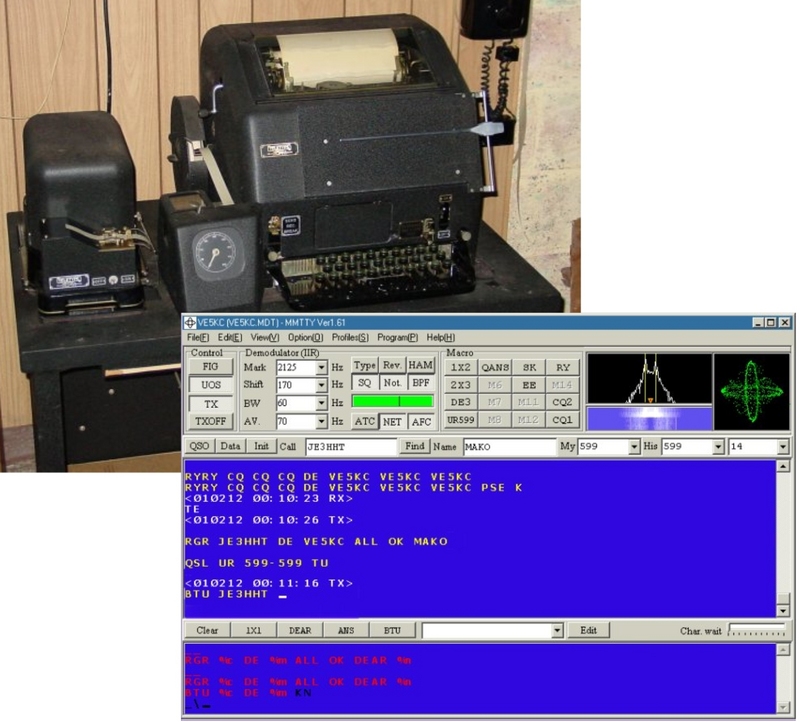

Notes: The frequency 146.40 MHz is used in some areas as a repeater input. Weak signal and FM simplex (145.01,03,05,07,09 are widely used for packet) Repeater outputs (except as noted 19 channels) Repeater inputs (except as noted 19 channels) Repeater output (except as noted 23 channels) Repeater inputs (except as noted 23 channels) *Maximum effective radiated output is 100 W PEP 5330.5Ģ. *Only one signal at a time is permitted on any channel You need only register once for each band.Ĥ72 - 479 KHz: 5 W EIRP maximum, except in Alaska within 496 miles of Russia where the power limit is 1 W EIRP. General, Advanced and Amateur Extra class licensees are authorized to use these Amateur BandsĪmateurs wishing to operate on either 2,200 or 630 meters must first register with the Utilities Technology Council online at. "Considerate Operator's Frequency Guide".Phone patch, autopatch and HF/VHF/UHF operating guidelines.All rights reserved.A band plan refers to a voluntary division of a band to avoid interference between incompatible modes.
Rtty frequencies hf code#
Only a digital code of a type specifically authorized in this Part may be transmitted.Ĭopyright © 1997-2005 W5AM,. RTTY - Narrow-band direct-printing telegraphy emissions having designators with A, C, D, F, G, H, J or R as the first symbol X as the second symbol X as the third symbol.ĭata - Telemetry, telecommand and computer communications emissions having designators with A, C, D, F, G, H, J or R as the first symbol 1 as the second symbol D as the third symbol and emission J2D. MCW - Tone-modulated international Morse code telegraphy emissions having designators with A, C, D, F, G, H or R as the first symbol 2 as the second symbol A or B as the third symbol. Image - Facsimile and television emissions having designators with A, C, D, F, G, H, J or R as the first symbol 1, 2 or 3 as the second symbol C or F as the third symbol and emissions having B as the first symbol 7, 8 or 9 as the second symbol W as the third symbol. Incidental tones for the purpose of selective calling or alerting or to control the level of a demodulated signal may also be considered phone. MCW for the purpose of performing the station identification procedure, or for providing telegraphy practice interspersed with speech. Also speech emissions having B as the first symbol 7, 8 or 9 as the second symbol E as the third symbol. Phone (Voice) - Speech and other sound emissions having designators with A, C, D, F, G, H, J or R as the first symbol 1, 2 or 3 as the second symbol E as the third symbol. Modes of Operation (Emission Types § 2.201 of the FCC Rules):ĬW - International Morse code telegraphy emissions having designators with A, C, H, J or R as the first symbol 1 as the second symbol A or B as the third symbol and emissions J2A and J2B. Technician Class has no privileges below 30 MHz
Rtty frequencies hf plus#
Avoid interference to the fixed services outside the USġ0 Meters: Novice and Technician Plus are limited to 200 watts PEP output Unless otherwise noted, the maximum power output allowed is 1500 watts PEP.Īll classes are limited to 200 watts PEP in the 80, 40, and 15 meter Novice/Technician Plus subbands.ģ0 Meters: Limited to 200 watts PEP output. Transmitter power must be maintained at the minimum necessary to carry out the desired communications. Frequency Allocations for HF BandsĪdditional Information: FCC Rules Part 97 (Amateur Radio Service)

HamStart - Ham Radio (Amateur Radio) HF Frequency Allocations U.S.


 0 kommentar(er)
0 kommentar(er)
